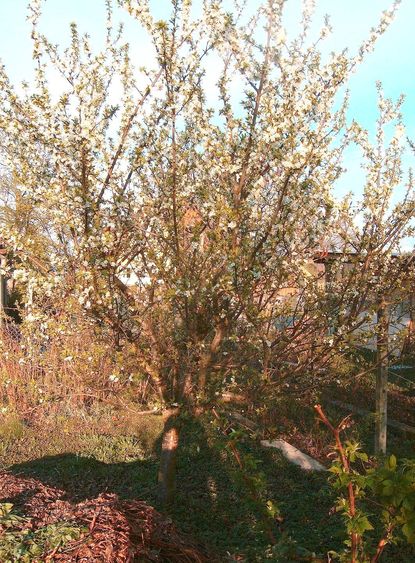Plum Trees
Plump and tangy plums come from generous, high-yielding edible fruit trees. Perfect for beginners and enthusiasts alike, homegrown plums provide a scrumptious bounty for snacks and preserves. We show you how to give both trained and bush trees the best care for healthy plums, damsons and gages.
-
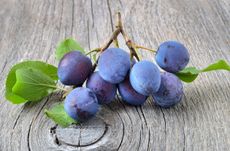
Langley Bullace Trees – How To Care For Langley Bullace Damson Plums
Langley Bullace damson plums are one of the better fruits for canning and cooking. The name seems to point to large fruit but, actually, Langley Bullace trees produce fairly small plums. Learn about growing this tree in the following article.
By Bonnie L. Grant
-
Guinevere Plum Fruit – A Guide To Guinevere Plum Tree Care
Guinevere plum fruit is one of the better late season dessert plums. It adapts to baked goods, grilling and even preserves. Growing Guinevere plums will provide you with a heavy crop of huge fruits to enjoy and share. Learn more about them in this article.
By Bonnie L. Grant
-
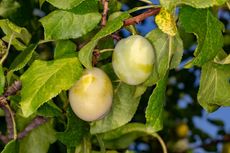
How To Grow A Warwickshire Drooper Plum Tree
Warwickshire Drooper plum trees are perennial favorites in the United Kingdom that are revered for their abundant crops of medium sized, yellow fruit. Click here if you’re interested in growing your own Warwickshire Drooper fruit trees.
By Amy Grant
-
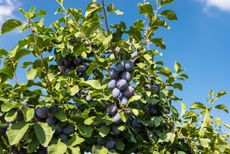
Czar Plum Fruit: How To Grow A Czar Plum Tree
Czar plum trees have a history dating back 140 years and, today, are still prized by many gardeners despite the dearth of more modern and improved varieties. The trees are particularly hardy, plus Czar plum fruit is an excellent cooking variety. Click here to learn more.
By Amy Grant
-
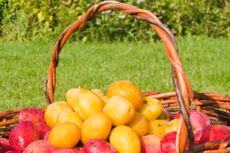
Yellow Pershore Plum Tree – Learn About The Care Of Yellow Pershore Plums
While fruit picked fresh from the tree is quite delicious, many fruit trees are overlooked due to their lack of fresh-eating quality. One such example, the Yellow Pershore plum tree, is known for its characteristic acidity. Learn more about this plum tree here.
By Tonya Barnett
-
Growing Reine Claude Conducta Plums In The Landscape
If you love plums, growing Reine Claude Conducta plum trees should be a consideration for your home garden or small orchard. These unique Greengage plums produce high-quality fruit that have flavor and texture unlike any other variety. Click here to learn more.
By Mary Ellen Ellis
-
Pershore Plum Trees – How To Care For A Pershore Plum In The Landscape
A plum tree is a great addition to a backyard orchard, providing shade and tasty fruit. Of the many cultivars to consider, Pershore plum trees stand out for the unique yellow color of their fruits. You can learn more about this plum tree in the following article.
By Mary Ellen Ellis
-
What Is A Shropshire Prune – A Guide To Growing Shropshire Prune Damsons
One of the best varieties of plums for cooking is the Shropshire, a type of Damson, often referred to as a prune because it dries well and is tasty. Click this article for more Shropshire prune Damson information to find out if this is the right plum tree for your garden.
By Mary Ellen Ellis
-
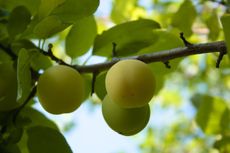
Care For Willingham Gage: How To Grow Willingham Gage Fruit Trees
Those growing Willingham gages say that the fruit is the best plum fruit available. If you are considering growing Willingham gages, you’ll need a little more information. Click here for facts about these fruit trees and tips on how to grow Willingham gage fruit.
By Teo Spengler
-
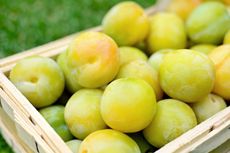
Early Transparent Gage Care – Growing Early Transparent Gage Trees
Gage plums, also known as greengage, are varieties of European plums that can be eaten fresh or canned. They can range in color from yellow and green to red and purple. The Early Transparent Gage plum is a yellow plum with a pretty red blush. Click here for more info.
By Mary Ellen Ellis
-
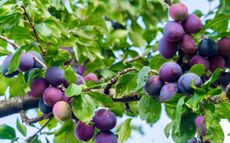
President Plum Tree Info – How To Grow President Plum Trees
Although President plum fruit is used primarily for cooking or preserving, it’s also a delight eaten straight off the tree. This vigorous European plum is relatively easy to grow in USDA plant hardiness zones 5 through 8. Learn more about this plum tree here.
By Mary H. Dyer
-
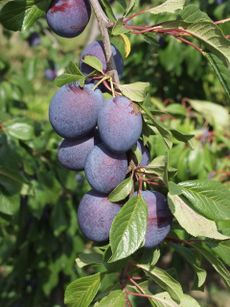
Valor Plum Care: Tips For Growing Valor Plums At Home
Valor plum trees produce bounteous crops of attractive purple-blue fruit. You can easily grow your own tree if you live in USDA plant hardiness zones 5 through 9. The good news is that Valor plum care is relatively uninvolved. Learn about growing Valor plums here.
By Mary H. Dyer
-
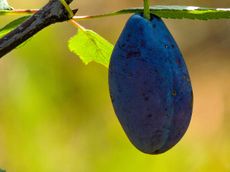
Merryweather Damson Tree Info – What Is A Merryweather Damson
One of the hardiest of all fruit trees, Merryweather damson trees are attractive in the garden, providing showy white flowers in spring and lovely foliage in autumn. Growing Merryweather damsons isn’t difficult. Learn more in this article.
By Mary H. Dyer
-
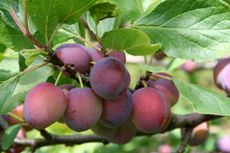
Plum ‘Opal’ Trees: Caring For Opal Plums In The Garden
Some call plum ‘Opal’ the most delectable of all fruit. If you are growing Opal plums or want to plant Opal plum trees, you’ll need to know more about this fruit tree. Click on the following article for information and tips on Opal plum care.
By Teo Spengler
-
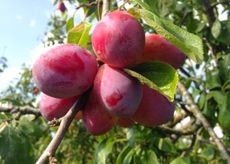
Victoria Plum Trees: Tips For Growing Victoria Plums In Gardens
Popular in the UK, if you start growing Victoria plums on this side of the pond, you’ll want to stock up on Victoria plum tree information first. Click this article for a description of Victoria plum trees as well as tips on how to grow Victoria plums in your garden.
By Teo Spengler
-
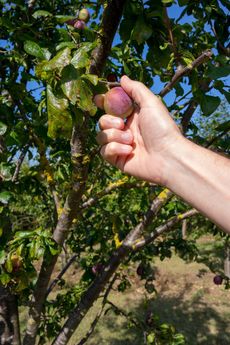
Tips For Growing Marjorie’s Seedling Plum Trees
Marjorie's Seedling tree is an excellent plum for smaller gardens. It needs no pollinating partner and produces a tree full to the brim with deep purple-red fruit. If you love plums, try growing Marjorie's seedling plum. This article will help get you started.
By Bonnie L. Grant
-
Plum Oak Root Fungus – Treating A Plum Tree With Armillaria Rot
Saving a plum tree with armillaria is unlikely. Although scientists are hard at work, no effective treatments are available at this time. The best recourse is to take steps to prevent oak root rot on plum. For more information and helpful tips, click this article.
By Mary H. Dyer
